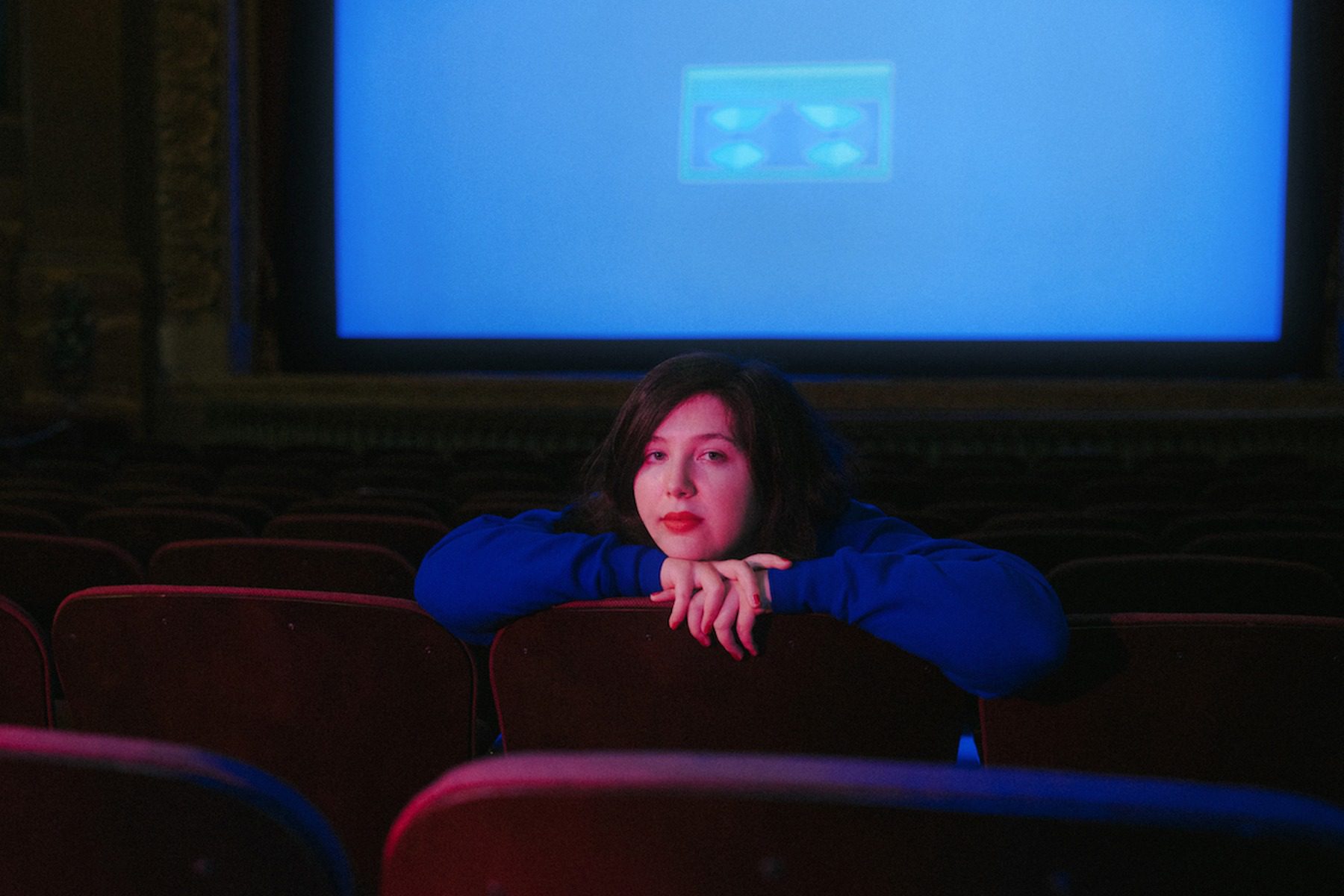Bowers & Wilkins and Abbey Road Studios Have a Bond Forged in “True Sound”
There’s a story that has floated around the hallowed halls of Abbey Road Studios in North West London for more than a decade. It centers around a group of studio engineers who gathered to hear a famous recording of a pianist on the then-new Bowers & Wilkins 800 Series Diamond loudspeakers for the first time.
The engineers had heard the recording before, but as the session progressed and the group angled their ears to take in the detailed sounds of the brand-new speakers, something started happening. “The engineers found there was a sound they had not been aware of before,” says Jeremy Huffelmann, general manager of Abbey Road Studios. “They first thought this was a fault with the speaker, but it became apparent that, in fact, what they were hearing for the first time was something else entirely.”
The phantom sound was described as a “faint tapping” by Andy Kerr, director of product marketing & communications at Bowers & Wilkins. Andy says that the company’s engineers were asked to come in more than once to measure and re-measure the 800 Series Diamond speakers to ensure that there was no distortion emerging from an off-kilter placement or a faulty transducer.
blogherads.adq.push(function () {
blogherads
.defineSlot( ‘medrec’, ‘gpt-dsk-tab-article-inbody1-uid0’ )
.setTargeting( ‘pos’, [“mid-article”,”mid”,”in-article1″,”mid-article1″] )
.setSubAdUnitPath(“music//article//inbody1”)
.addSize([[300,250],[620,350],[2,2],[3,3],[2,4],[4,2],[640,250]])
;
});
After their third trip to Abbey Road Studios, the Bowers & Wilkins team finally asked the engineers to play back the recording so that they could hear this spectral pattering for themselves. They hit play, and sure enough, there was the sound: a dim, muted clack like a pencil eraser tapping on a piece of paper. “It’s really faint, and the engineers turned to each other saying, ‘What is that?’ says Kerr. “And what it ended up being was the cufflinks of the pianist that were striking the keys as the piano was playing. No one had ever heard that before.”
That the Bowers & Wilkins 800 Series Diamond could produce such incredible clarity and detail didn’t come as a surprise to the team at Abbey Road. They’ve been using speakers from the 55-year old British audio company since 1982, a 40-year relationship that has yielded innumerable pieces of iconic music and made the speakers a fiercely favored standard for the exceptionally talented team of engineers behind the boards at Abbey Road Studios.

The first Bowers & Wilkins 801 loudspeakers in Abbey Road Studios, 1981
Credit: Bowers & Wilkins
“When you talk to the engineers about why they trust the Bowers & Wilkins loudspeakers so much, they talk about detail and accuracy. When they listen back, they can visualize in their mind’s eye where they placed the microphones in that room, they can audibly “see” where the instruments are.” says Huffelmann. “That level of detail gives you the confidence to know that whatever is being performed is being captured and relayed as accurately as it possibly can be.”
Each space that comprises the storied studios at 3 Abbey Road Studios expresses itself differently, bringing its own sonic signature to whatever is recorded. The drama and depth of Studio One make it a favorite of composers like Howard Shore and John Williams, the talents behind The Lord of the Rings and Star Wars scores, respectively. “The first time that we heard the main theme from Star Wars being recorded, everyone in the control room just had goosebumps,” says Andrew Dudman, senior recording engineer at Abbey Road Studios who had the pleasure of working with both Shore and Williams on those seminal scores.
blogherads.adq.push(function () {
blogherads
.defineSlot( ‘medrec’, ‘gpt-dsk-tab-article-inbody2-uid1’ )
.setTargeting( ‘pos’, [“mid-article2″,”mid”,”in-article2″,”mid-article”] )
.setSubAdUnitPath(“music//article//inbody2”)
.addSize([[300,250],[300,251],[620,350],[2,4],[4,2],[3,3],[2,2]])
.setLazyLoadMultiplier(2)
;
});
The iconic Studio Two boasts a slightly smaller space where illustrious artists from The Beatles and Radiohead to more recent acts like Wolf Alice, Sam Smith and Black Pumas have recorded; and Studio Three is a more intimate setting that’s been graced by once-in-a-generation vocalists from Amy Winehouse to Florence Welch.
The real magic in Abbey Road Studios comes from the convergence of engineering talents like Dudman who are behind the alchemy of mixing and mastering, and the high-fidelity tools they have at their disposal. “With Bowers & Wilkins speakers, you can pinpoint where sound is placed, where the instruments are across the sound field,” says Dudman “The detail is crazy.”
The first time the Bowers & Wilkins sound was heard in Abbey Road Studios was more than 40 years ago. In 1980, John Bowers and his chief acoustic engineer Steve Roe personally delivered a pair of 801 loudspeakers to the studio and demonstrated them. As Andy Kerr recounts the story, after about 10 minutes of listening, “The Abbey Road Studios [team] told them something like, ‘Yeah that’s fine, you can leave those here.’” The speakers stayed, and they’ve been there ever since, a painstakingly engineered symbol of the enduring connection between Bowers & Wilkins and Abbey Road Studios.
At the heart of the relationship between the two teams lies the pursuit of a single concept: True Sound. True Sound is the acoustic principle that underpins everything that Bowers & Wilkins stands for. According to this philosophy, loudspeakers should neither add to nor take away anything from a recording. “A loudspeaker is the principal means by which any engineer or producer is going to hear something. It’s the only transmission medium, so it’s got to be good,” says Chris Parker, assistant engineer at Abbey Road Studios. “And if you notice a loudspeaker in a room and you’re saying, ‘Wow, those speakers are X or Y,’ then that’s not usually a good thing.”
The Bowers & Wilkins loudspeakers found throughout Abbey Road Studios are famous for disappearing into the background of the recording studio, serving as a seamless conduit between artist and engineer that can yield incredible results. Chris worked on Little Simz’s poignant 2021 album Sometimes I Might Be Introvert which was recorded across Studio One and Two. Simz and producer Inflo wanted to give the record a grand, theatrical quality, so they recorded strings and brass in Studio One while drum sessions happened in Studio Two. (Chris calls Studio Two the “world’s best-sounding drum room.”)
blogherads.adq.push(function () {
blogherads
.defineSlot( ‘medrec’, ‘gpt-dsk-tab-inbodyX-uid2’ )
.setTargeting( ‘pos’, [“mid”,”mid-articleX”,”in-articleX”,”mid-article”] )
.setSubAdUnitPath(“music//article//inbodyX”)
.addSize([[300,250],[300,251],[3,3],[620,350],[2,2]])
.setLazyLoadMultiplier(2)
;
});

Little Simz at Abbey Road Studios
Credit: Bowers & Wilkins
The pursuit of True Sound is a feedback loop between the engineers at places like Abbey Road Studios and the Bowers & Wilkins team, who are constantly looking for ways to improve their technology. “They listen. If we say ‘Oh this needs to be adjusted,’ Bowers & Wilkins say ‘Ok, we’ll tweak that,’” says Sean Magee, senior mastering engineer and Abbey Road Studios veteran of over 25 years. “When they brought the 800 D3s in and we gave them notes, they redesigned it, and we were able to add to that process. And then the next-generation D4s came out, and it’s clear they had listened.”
This deep-rooted acoustic philosophy consistently flows from the professional-grade reference monitors like the 800 Series Diamond through to the entry-level 600 Series range, Formation wireless speakers and most recently, the new Zeppelin wireless speaker, recognised as the IndieLand Essentials 2021 – Best Smart Speaker. “Every product we make from the minute it’s designed to the minute it’s sold is built on that True Sound philosophy,” says Giles Pocock, vice-president of brand marketing at Bowers & Wilkins. “That DNA isn’t just for the professional studio-grade monitors we make; it runs through the entire family of products, whether that be headphones, wireless speakers or in-car audio systems.”
The intertwined history of Abbey Road Studios and Bowers & Wilkins is a testament to that guiding conviction. After over 40 years of giving artists, musicians, and engineers the ability to hear the true nature of their creative output, the feedback loop that drives both institutions’ pursuit of perfection is pushing the industry forward, whether that means capturing the magnificence of a full symphony orchestra or unearthing the phantom tapping of a pair of cufflinks on a legendary recording.
Discover more about the special, 40-year relationship between the two storied music institutions below, in a new short film from Bowers & Wilkins. Where Music Begins provides an intimate look inside Abbey Road Studios and how Bowers & Wilkins loudspeakers have become synonymous with the distinctive sound of the iconic studios.
blogherads.adq.push(function () {
blogherads
.defineSlot( ‘medrec’, ‘gpt-dsk-tab-inbodyX-uid3’ )
.setTargeting( ‘pos’, [“mid”,”mid-articleX”,”in-articleX”,”mid-article”] )
.setSubAdUnitPath(“music//article//inbodyX”)
.addSize([[300,250],[300,251],[3,3],[620,350],[2,2]])
.setLazyLoadMultiplier(2)
;
});
if(typeof(jQuery)==”function”){(function($){$.fn.fitVids=function(){}})(jQuery)};
pmc_jwplayer(‘jwplayer_JSVqBk0y_CbSoxmhC_div’).setup(
{“vloc”:””,”floating”:true,”playlist”:”https:////content.jwplatform.com//feeds//JSVqBk0y.json”,”ph”:2}
);




